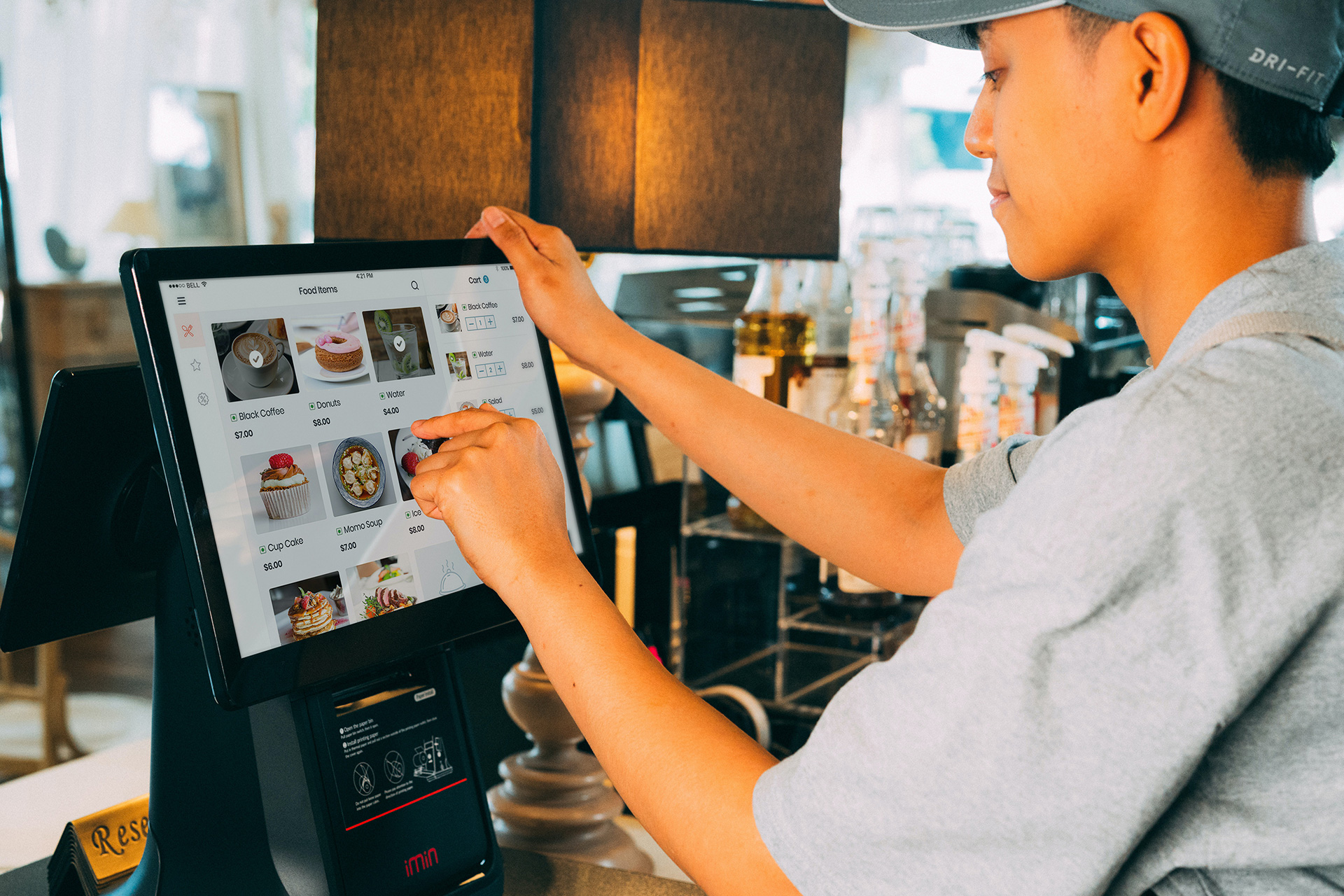A restaurant point of sale (POS) system is a comprehensive software solution designed specifically for the food service industry to streamline and enhance the operations of a restaurant. It serves as the central hub for managing and integrating various aspects of a restaurant's daily activities, including order processing, payment transactions, inventory management, customer relationship management, and reporting.
At its core, a restaurant POS system acts as a digital cash register, enabling efficient and accurate order entry and payment processing. It replaces traditional manual processes with intuitive touchscreen interfaces that allow servers to swiftly enter customer orders, modify items, and send them directly to the kitchen or bar for preparation. This eliminates the need for paper tickets and minimizes errors and delays in communication.

Revolutionize your business with a restaurant point of sale (POS) system, unlocking key advantages that enhance efficiency, minimize errors, and save valuable time through streamlined operations.
One of the key advantages of a restaurant POS system is its ability to handle complex order customizations and accommodate different payment methods. Whether it's splitting a check, applying discounts or promotions, accepting credit cards, mobile payments, or even integrating with popular online delivery platforms, a POS system ensures seamless transactions and a positive customer experience.

Furthermore, a restaurant POS system provides powerful inventory management features, tracking ingredient usage, monitoring stock levels, and automatically generating purchase orders when supplies run low. This helps optimize inventory control, minimize waste, and ensure that popular menu items are always available. Some advanced POS systems can even track ingredient costs and profitability, allowing restaurant owners to make data-driven decisions about menu pricing and profitability.
The customer relationship management aspect of a restaurant POS system allows businesses to gather valuable data on customer preferences, order history, and contact information. With this information, restaurant owners can implement targeted marketing strategies, loyalty programs, and personalized promotions to enhance customer engagement and foster customer loyalty.